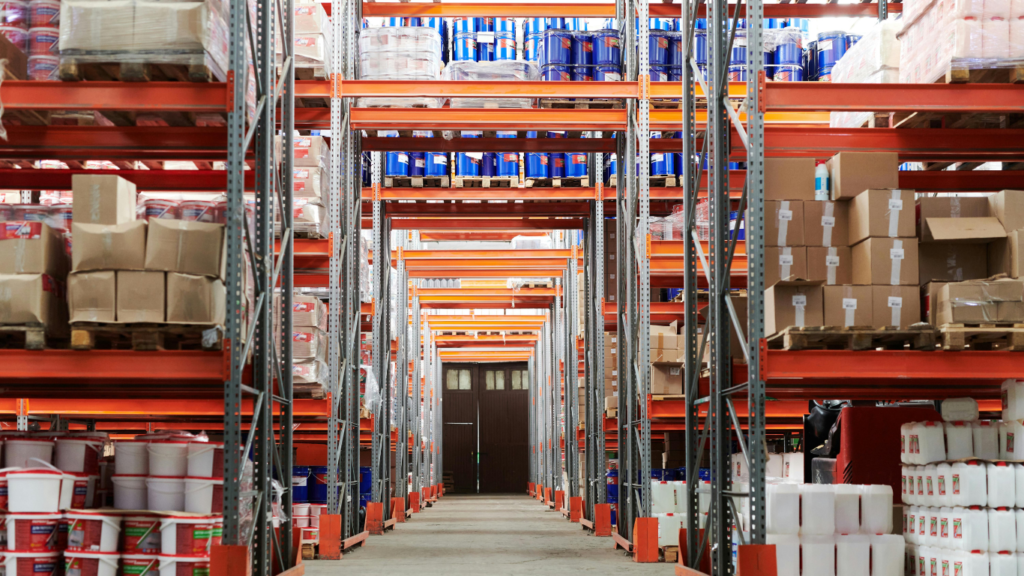Effective storage is the backbone of any efficient warehouse, production facility, or distribution center. When inventory, tools, and equipment are scattered or improperly organized, operations slow down, safety risks increase, and profitability suffers. That’s why choosing the right pallet racking and fabrication systems isn’t just about saving space; it’s about optimizing your entire workflow.
From custom-built shelving to high-capacity pallet systems, the market is filled with options tailored to different industries and floor plans. But making the wrong choice can lead to wasted space, excess spending, or even structural hazards. To ensure you invest in the right system for your business, it’s important to understand the essentials of pallet racking and how custom fabrication can enhance long-term efficiency.
Know Your Storage Needs and Weight Requirements
Before evaluating racking or fabrication providers, take inventory, literally and strategically. Start by identifying the size, weight, and turnover rate of the materials you need to store. Are you stacking pallets of consumer goods? Storing heavy-duty mechanical parts?
Understanding your product profiles will help narrow down the options among selective racks, cantilever systems, push-back racks, or drive-in configurations. For example, high-turnover environments may benefit from selective racking, which offers easy access to every pallet, while bulk storage facilities might prioritize high-density systems.
This is the stage to think about scalability. If your business is growing or expects seasonal surges, your racking solution should allow for future expansion or reconfiguration. Consider Tiger Material Handling and other pallet racking and fabrication services with proven experience in scalable designs. Their teams often offer consultations that assess your space, evaluate safety needs, and recommend systems built to handle specific loads without overengineering or overspending.
Understand Different Types of Pallet Racking Systems
Pallet racking systems vary widely in design and purpose. Each system supports a different storage method, level of access, and load-bearing capacity.
Selective pallet racking is the most common option and offers easy access to each pallet position. It’s ideal for businesses with many SKUs and rapid product movement. Drive-in or drive-through racking, on the other hand, provides higher density by eliminating access aisles, making it better suited for large quantities of uniform items stored in batches.
Prioritize Safety and Compliance
Safety should never be an afterthought when selecting or installing pallet racking. Improperly installed or overloaded systems can lead to structural failures, serious injuries, or OSHA violations. Before finalizing your purchase, ensure your racking system complies with all local codes and industry standards, including seismic requirements if applicable.
Weight capacity labels, anchor bolts, rack guards, and row spacers are not optional accessories; they are important safety measures. If your space frequently sees impacts, you may benefit from heavier-gauge steel or custom fabrication enhancements to strengthen key load-bearing points.
Consider Custom Fabrication for Unique Challenges
Not every business fits neatly into a standard mold. If your inventory includes irregularly shaped items, oversized equipment, or products requiring special handling, custom fabrication may be your best solution.
Custom metal fabrication allows you to create shelving, brackets, or supports designed specifically for your application. This reduces wasted space, improves safety, and often increases workflow efficiency by aligning storage with usage patterns.
Maximize Your Vertical Space
One of the most overlooked assets in any facility is vertical space. If your ceiling height allows for it, multi-tier racking can dramatically increase your storage capacity without expanding your footprint.
Mezzanines, catwalks, and elevated platforms can be fabricated to give employees safe access to higher levels while separating workflow areas.

Plan for Growth and Flexibility
The best racking solutions aren’t just built for today, they’re designed with your future in mind. Whether you’re expanding into a second warehouse or adapting to a new product line, your system should support quick reconfiguration with minimal disruption.
Choose adjustable racking whenever possible, and maintain a buffer in your weight and capacity estimates. Working with suppliers who offer modular systems and on-site support can make scaling easier when the time comes.
Rethinking your storage strategy is one of the smartest moves you can make to improve safety, efficiency, and profitability. Whether you’re outfitting a brand-new facility or upgrading an aging system, partnering with experienced professionals can ensure your investment delivers long-term returns. With the right pallet racking and custom fabrication solutions, your storage system can evolve as fast as your business.
Article received via email






























